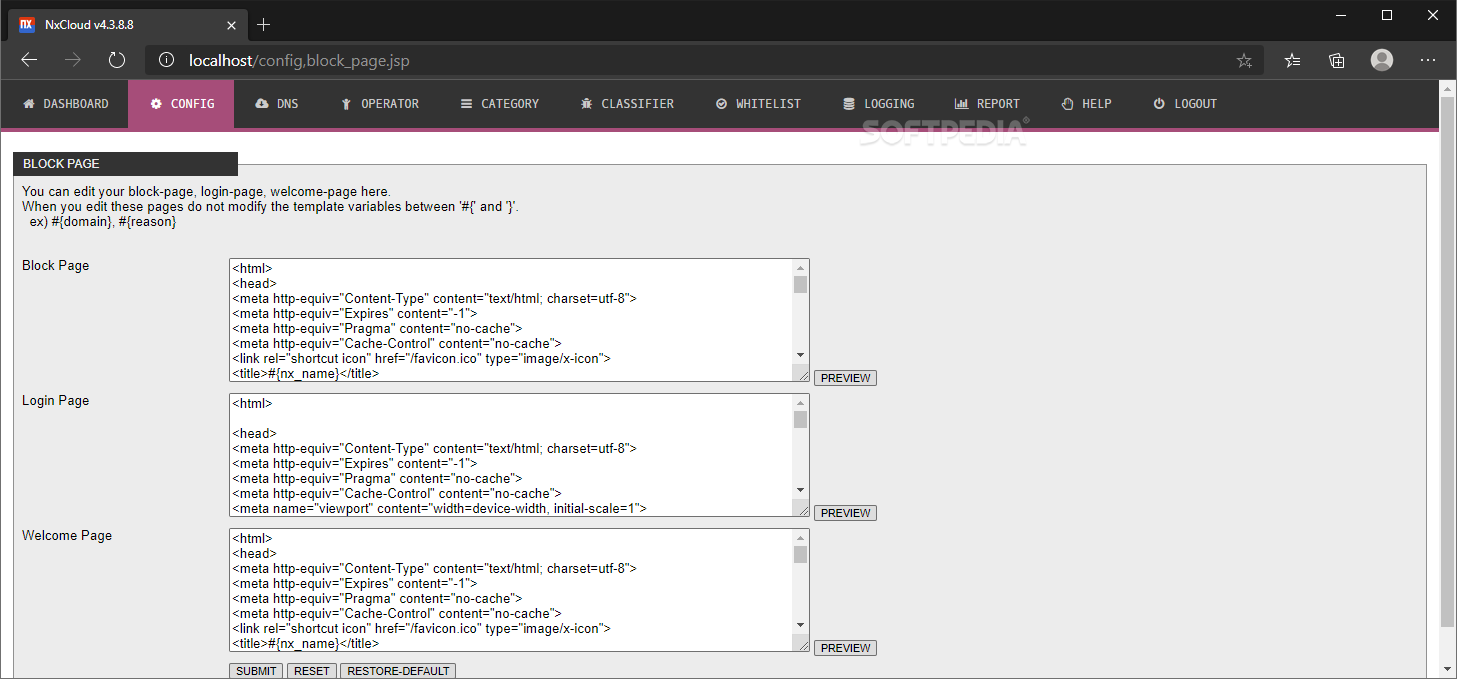

The password is used on a per-policy basis, not on a per-website basis, so keep this in mind when developing your policies. This feature allows an administrator to specify a password that can be used to bypass Filtering Policies when users encounter a blocked website. We recommended utilizing our Roaming Clients for granular content filtering We support a 302 redirect to another webpage for a completely custom appearance. The languages we currently support are: English, Spanish, Portuguese, Turkish, Ukrainian, Italian, Russian, French, Czech, German, and Hebrew. Hosted Block Pages can display in one of several languages, depending on the browser language of the enduser device. You can test your custom block page by either using our test domains located at the following link - Test Domains or by attempting to browse to either a blocked category or domain you have added to your block list. Custom Logo - This allows you to display a logo no the block pages.(Leaving this field blank disables the ability to send a message).


This may be a local-only resource () or a public resource ().īelow is a video demonstration of creating a block page:ĭNSFilter allows for you to customize the block page in a variety of ways.

An external block page will immediately send a 302 redirect to the user to a location that you set.A hosted block page will halt the user and present organizational information, as well as options to enter a bypass password or notify the administrator.DNSFilter allows you to customize the appearance, behavior, bypass passwords, and notifications related to a block page. A block page is what your users see when they attempt to visit a domain that is not allowed by the policy you have assigned to their network or Roaming Client.


 0 kommentar(er)
0 kommentar(er)
